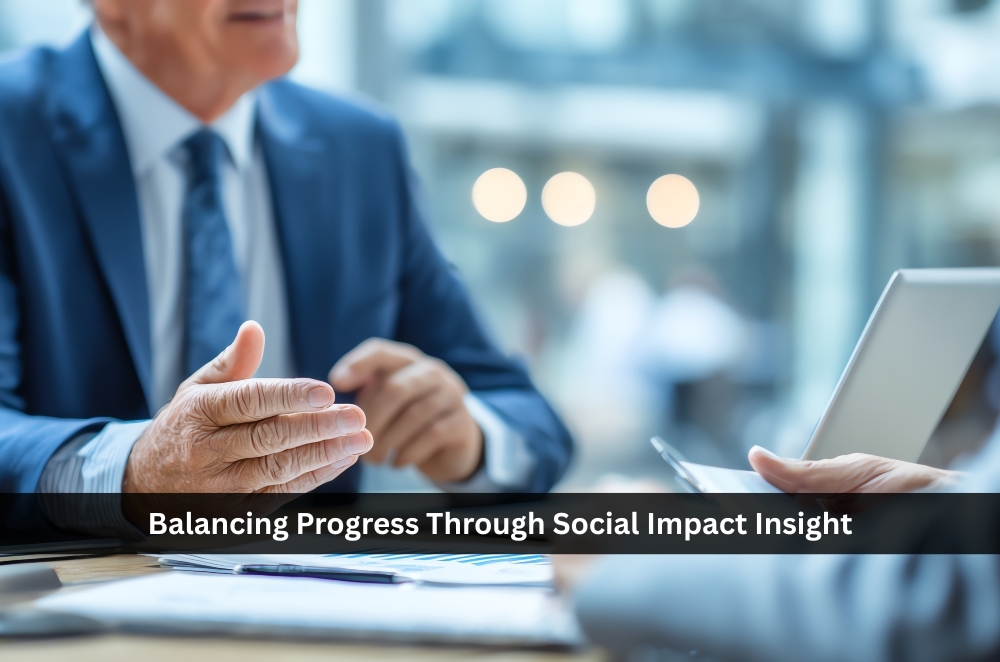Balancing Progress Through Social Impact Insight

Progress is measured in lived experience, not just line items. New housing, roads, and precinct upgrades shift how people move, gather, and feel about place. A social sustainability assessment puts those shifts under a clear light. It asks who gains, who carries the burden, and whether benefits arrive where they are needed. The work blends stories with numbers, mapping practical consequences like access to services, safety, and connection. Done early, it trims risk and rebuilds trust after long planning cycles. Done well, it steers decisions toward outcomes communities can recognise as fair, useful, and lasting. That balance is the difference between acceptance and friction on the ground, for projects.
How can social impact be measured effectively?
Social impact can be measured effectively by tracking lived outcomes and context-specific indicators. It means combining quantitative measures with community insight. We start with a baseline: who lives here, what services exist, and what’s already fragile. Then we test shifts over time — employment, travel patterns, safety perceptions, participation in local life. Numbers carry weight, but they don’t tell the whole story. Interviews, yarning circles, street intercepts — these bring nuance and texture.
-
Use baseline data that fits place
-
Pair metrics with lived experience
-
Track changes in construction and operation
Triangulating these sources gives decisions a spine, not guesswork. Toward delivery, we translate findings into practical conditions and monitoring targets that the public can understand. Finally, we anchor responsibilities in a community engagement framework so commitments don’t drift once the ribbon is cut
What drives genuine social sustainability in projects?
Genuine social sustainability is driven by trust, inclusion, and continuity. People support what reflects their values and daily reality. That starts with early conversations and an honest read on trade-offs. When design responds to what residents actually need — safer crossings, youth spaces, affordable tenancies — support grows. Benefits must land where impacts land; otherwise, resentment lingers.
-
Co-design elements that locals own
-
Allocate benefits to affected groups
-
Fund post-opening social programs
Long after opening day, programs and local partnerships keep value flowing. Maintenance matters too; a tired facility sends the wrong signal about respect and care.
Why does social accountability matter now more than ever?
Social accountability matters now because communities expect transparency and results. Expectations are backed by policy settings and reputational pressure. Projects that disclose assumptions, trade-offs, and outcomes earn patience when surprises occur. Those who hide the ball face delay and distrust. Clear reporting, independent checks, and responsive change management show the work is being done and that promises aren’t just pamphlet words. Accountability isn’t a hurdle; it’s how we keep momentum without losing people along the way.
Conclusion
Balancing progress through social impact insight isn’t a single act — it’s a mindset. When projects weigh human stories as heavily as engineering data, they become part of the social fabric rather than an intrusion on it. Assessing social impact is a chance to listen, adapt, and prove that growth and fairness can co-exist. The most successful developments don’t just change landscapes; they leave behind stronger, more connected communities that stand as evidence of what thoughtful progress looks like.
- Questions and Answers
- Opinion
- Motivational and Inspiring Story
- Technology
- Live and Let live
- Focus
- Geopolitics
- Military-Arms/Equipment
- Güvenlik
- Economy
- Beasts of Nations
- Machine Tools-The “Mother Industry”
- Art
- Causes
- Crafts
- Dance
- Drinks
- Film/Movie
- Fitness
- Food
- Oyunlar
- Gardening
- Health
- Home
- Literature
- Music
- Networking
- Other
- Party
- Religion
- Shopping
- Sports
- Theater
- Health and Wellness
- News
- Culture

